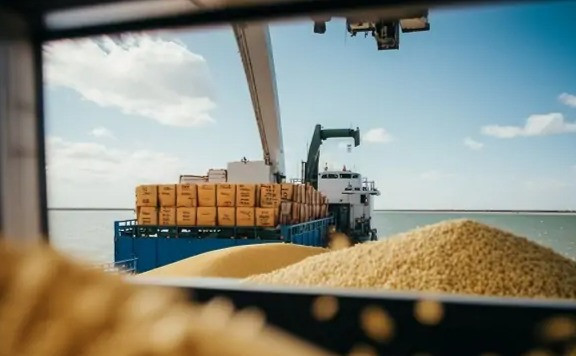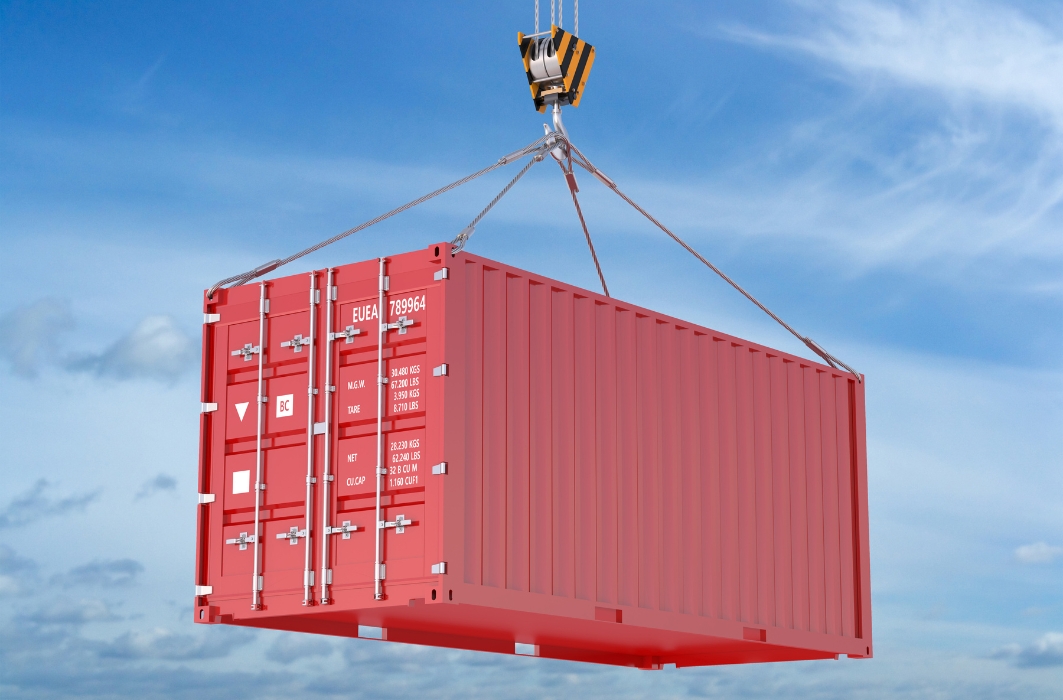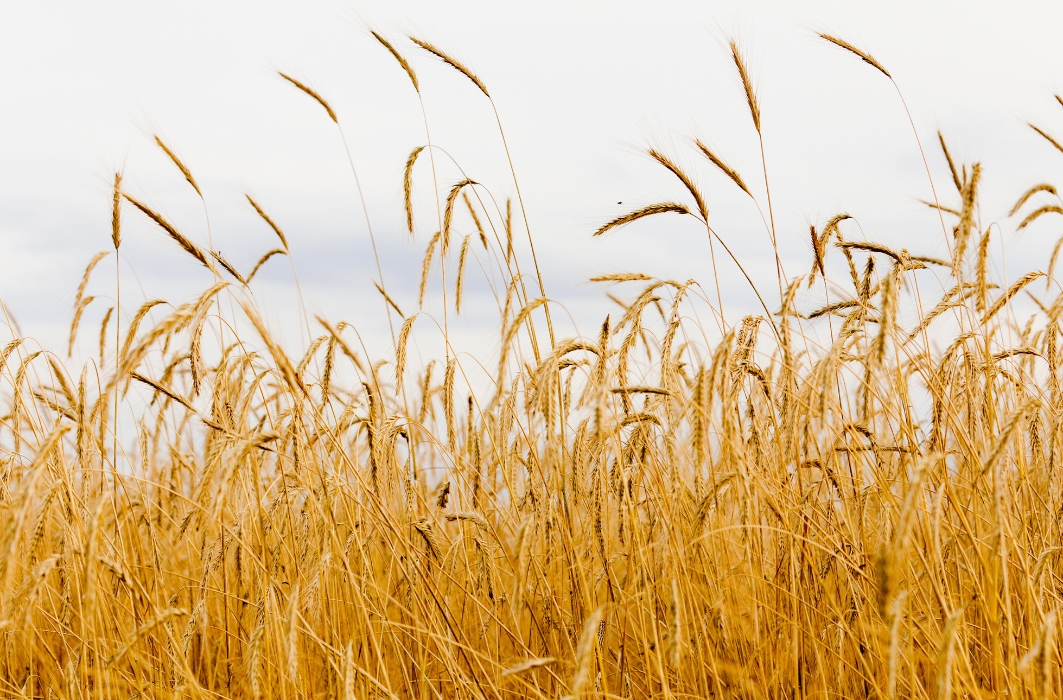Due to spring frosts, record summer heat, and drought in key southern regions, Russia’s 2025 harvest became the worst in over 17 years. In June alone, wheat exports fell fourfold to 1.12 million tons, and in July, grain shipments to foreign markets were 2.1 times lower than in the same period of 2024.
In 2016, Russia was one of the world’s largest wheat exporters, and its export capacity remained one of the few sources of economic strength and international leverage after the invasion of Ukraine. Each year, occupation authorities export roughly three million tons of grain from temporarily occupied Ukrainian territories. The year 2025 and Western sanctions exposed weaknesses in Russia’s wartime economy: the high Central Bank rate, growing domestic demand, low global grain prices, and high logistics costs led to a 14.6% decline in Russian agricultural exports in the first half of 2025.
At the same time, the country is increasing food imports, which rose 14% to $20.6 billion, while in 2023 the situation was opposite: exports grew 4.3% ($43.1 billion) and imports fell 1.7% ($35.1 billion). Due to shortages of domestic agricultural products, Russia had to import potatoes from China worth $49.4 million—six times the 2024 level—and apples worth $12.4 million (+50% compared to 2024).
Despite stabilization measures and zero export duties on wheat, barley, and corn, the negative export trend is expected to continue. Reduced foreign currency inflows will hinder the achievement of state goals, including the plan to increase agricultural exports to $55 billion by 2030, and may ultimately strip Russia of its status as a global player.




















